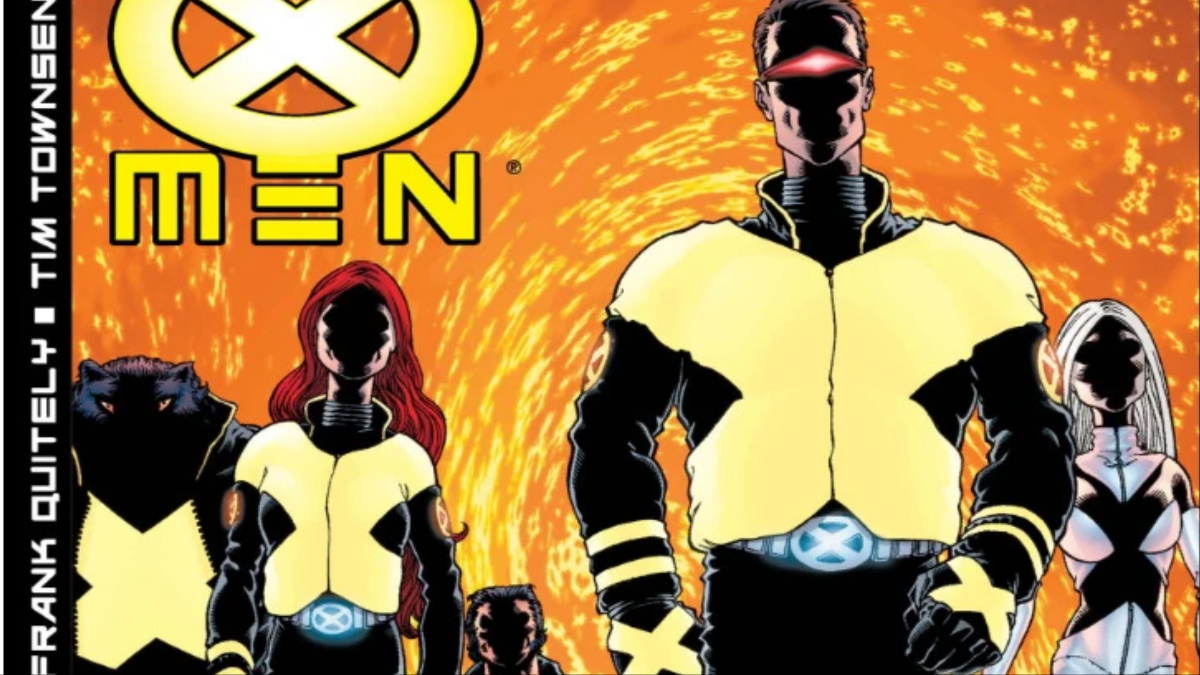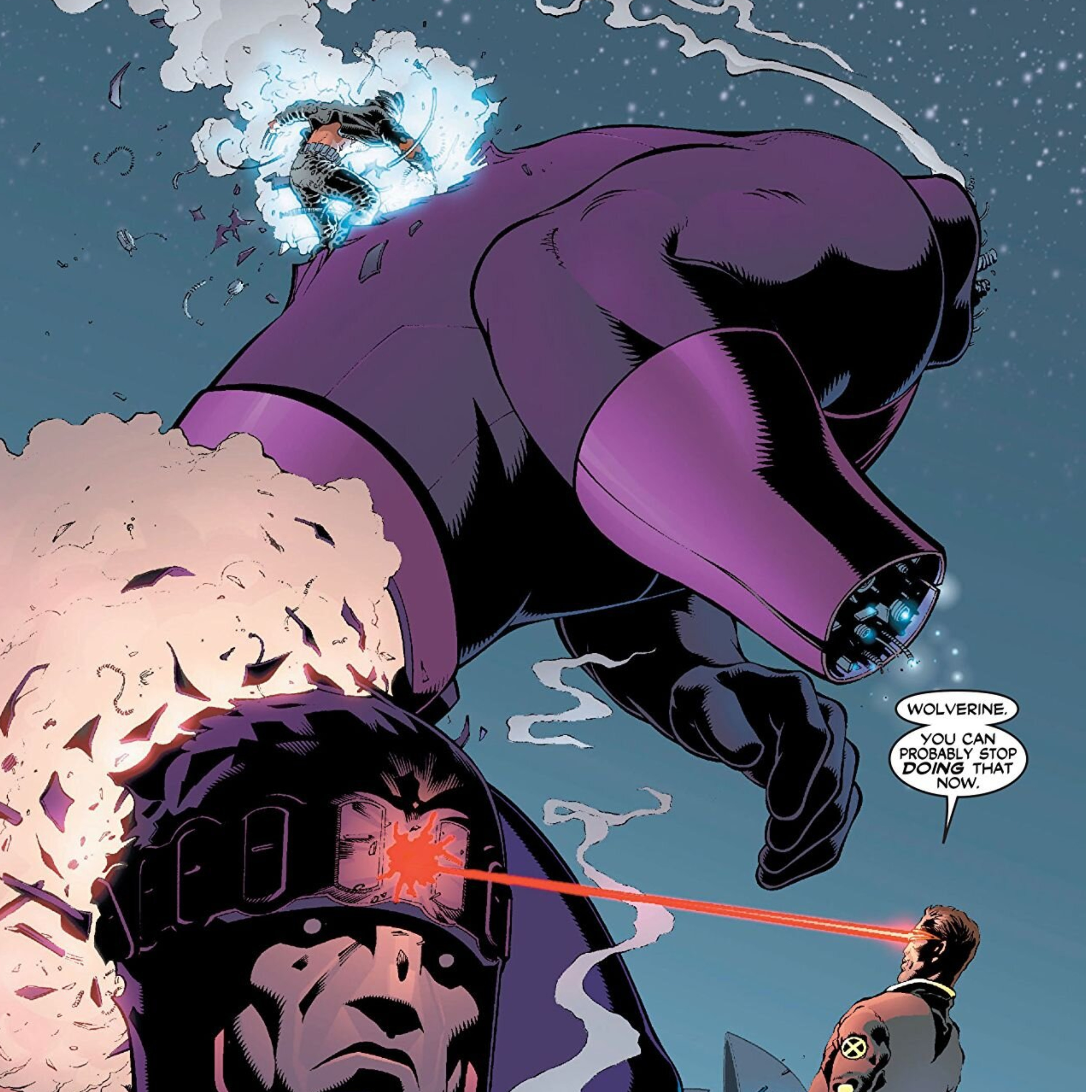
The X-Men boast an exceptionally captivating background among superhero teams. Initially debuting during the Silver Age as a Marvel comic’s metaphor for civil rights, they didn’t initially resonate with readers. However, their reboot in 1974 reestablished them as a dominant force within the industry and they maintained this position for over two decades, even producing the best-selling comic of all time. Although the X-Men haven’t consistently reached those record-breaking sales figures in the 21st century, there have been some truly outstanding X-Men stories over the past 25 years. While not every 21st-century X-Men series has garnered as much acclaim as Chris Claremont’s legendary 17-year run, many have become beloved by fans. Among these, none surpasses in popularity — the 2001 to 2004 New X-Men series penned by writer Grant Morrison.
Throughout its 40-issue span, Morrison collaborated with various artists such as Frank Quitely, Ethan Van Sciver, Igor Kordey, Phil Jimenez, Chris Bachalo, Marc Silvestri, and more, producing some of the most outstanding X-Men stories in the 21st century. Although the Krakoa Era is often praised for its inventiveness, it’s essential to acknowledge that many of its groundbreaking concepts were first introduced in Morrison’s New X-Men. This series effectively rejuvenated the old and paved a unique path for the X-Men that had never been traversed before.
New X-Men Lived Up to Its Name

Initially, “New X-Men” might appear indistinguishable from typical X-Men storylines. Common elements such as the Phoenix Force, the Shi’Ar Empire, the Xavier Institute, Sentinels, Weapon X, and Magneto are often present, leading some critics to claim that it is simply more of the same when they hear “New X-Men” described as revolutionary. However, Grant Morrison creatively reinterprets these established elements rather than sticking strictly to tradition. For instance, the Phoenix Force, a staple in X-Men stories for its destructive potential, is given a fresh perspective by Morrison. Instead of portraying Jean Grey’s association with the force as a constant threat, they depict her as the ideal host, demonstrating that while its power can be corrupting, it doesn’t always lead to destruction.
In Cassandra Nova’s Wild Sentinels, adaptive technology is brought to life in a way that’s never been seen before with these dangerous Sentinel versions. Frank Quitely’s unique pencils breathe life into them. Morrison connects the Weapon X concept (a government program turning mutants into weapons) not only to characters like Captain America and Nuke, but also expands upon it, taking it to a new level of power. What’s remarkable is that Morrison transforms the Xavier Institute into an actual school for the first time. These subtle changes feel right at home in X-Men comics, yet they’re presented in ways readers have never experienced before. Even the controversial Xorn/Magneto story sees Morrison explore new aspects of Magneto’s character.
Grant Morrison’s X-Men series is often likened to a captivating superhero soap opera. He masterfully portrays the complexities and emotional entanglements of characters like Cyclops, Jean Grey, Emma Frost, and others. The nuanced relationship dynamics, particularly the marriage of Cyclops and Jean Grey and the involvement of Emma Frost, are central themes in the series.
The Beast is a recurring source of drama, while characters such as Beak and Angel Salvatore add depth by exploring the struggles of young mutants dealing with their unique mutations. Morrison’s portrayal of Cyclops is exceptional, balancing his leadership skills with his personal shortcomings. His Emma Frost is a standout interpretation, blending her superficial mean girl persona with the rich complexity of the character.
One of Morrison’s strengths was managing the use of Wolverine in an X-Men narrative. He struck a perfect balance between featuring Wolverine enough to maintain his popularity without overshadowing other characters. New X-characters introduced during this period, such as Cassandra Nova, Fantomex, Beak, Angel, and John Sublime, are considered some of the most innovative of the 21st century, providing future creators with a wealth of intriguing characters to work with. In essence, Morrison left his successors an abundance of creative opportunities.
In essence, Grant Morrison’s take on the X-Men comics introduced groundbreaking concepts that significantly diverged from previous narratives. Rather than portraying mutants as an advanced stage of human evolution, he turned this notion on its head. The debut issue of New X-Men established two key aspects: a surge in mutant population leading to the school’s expansion and the discovery of an extinction sequence within human DNA.
Morrison’s interpretation of the X-Men evolved them into the future of humankind, introducing the idea of mutants cultivating their own culture and communities, such as Mutant Town. This new world was characterized by unique mutant music, fashion designers, and young humans adopting mutant trends to be trendy. Many of these ideas eventually materialized during the Krakoa Era, which was heavily influenced by Morrison’s run.
In other words, Morrison brought the X-Men story arc to its logical conclusion in a manner that no one had attempted before.
New X-Men Stands Tall Above Everything That Came After It

The initial image displayed is from Grant Morrison’s “New X-Men,” skillfully drawn by Frank Quitely. This opening page is reminiscent of a typical X-Men comic, but the rest of New X-Men #114 deviates greatly from such expectations. It’s this unexpected twist that makes Morrison’s run on the series stand out and sets it apart from any other X-Men comics in the 21st century. There have been numerous exceptional X-Men runs during this period, including those by Whedon and Cassaday, Ellis, Carey, Gillen, and more recently, the Krakoa Era, but none managed to evoke the sense of freshness that Morrison’s “New X-Men” did.
In contrast to Morrison’s exceptional run, the current “From the Ashes” phase illustrates why Morrison stands out. Just like Morrison, “From the Ashes” attempts to rekindle past glory, but it fails to offer anything fresh or innovative. It’s challenging to breathe new life into old songs, yet “From the Ashes” doesn’t strive for this. The reason it falls short is that it lacks original ideas; instead, it focuses solely on attracting a large number of new readers. There’s little for these newcomers to explore beyond typical X-Men themes. Morrison was able to not only evoke the past but also reveal its hidden aspects, which is why it remains a masterpiece and deserves its status as the finest X-Men run of the 21st century.
Read More
- PI PREDICTION. PI cryptocurrency
- WCT PREDICTION. WCT cryptocurrency
- Florence Pugh’s Bold Shoulder Look Is Turning Heads Again—Are Deltoids the New Red Carpet Accessory?
- Katy Perry Shares NSFW Confession on Orlando Bloom’s “Magic Stick”
- Quick Guide: Finding Garlic in Oblivion Remastered
- Disney Quietly Removes Major DEI Initiatives from SEC Filing
- Shundos in Pokemon Go Explained (And Why Players Want Them)
- How to Get to Frostcrag Spire in Oblivion Remastered
- This School Girl Street Fighter 6 Anime Could Be the Hottest New Series of the Year
- How Michael Saylor Plans to Create a Bitcoin Empire Bigger Than Your Wildest Dreams
2025-04-02 06:10